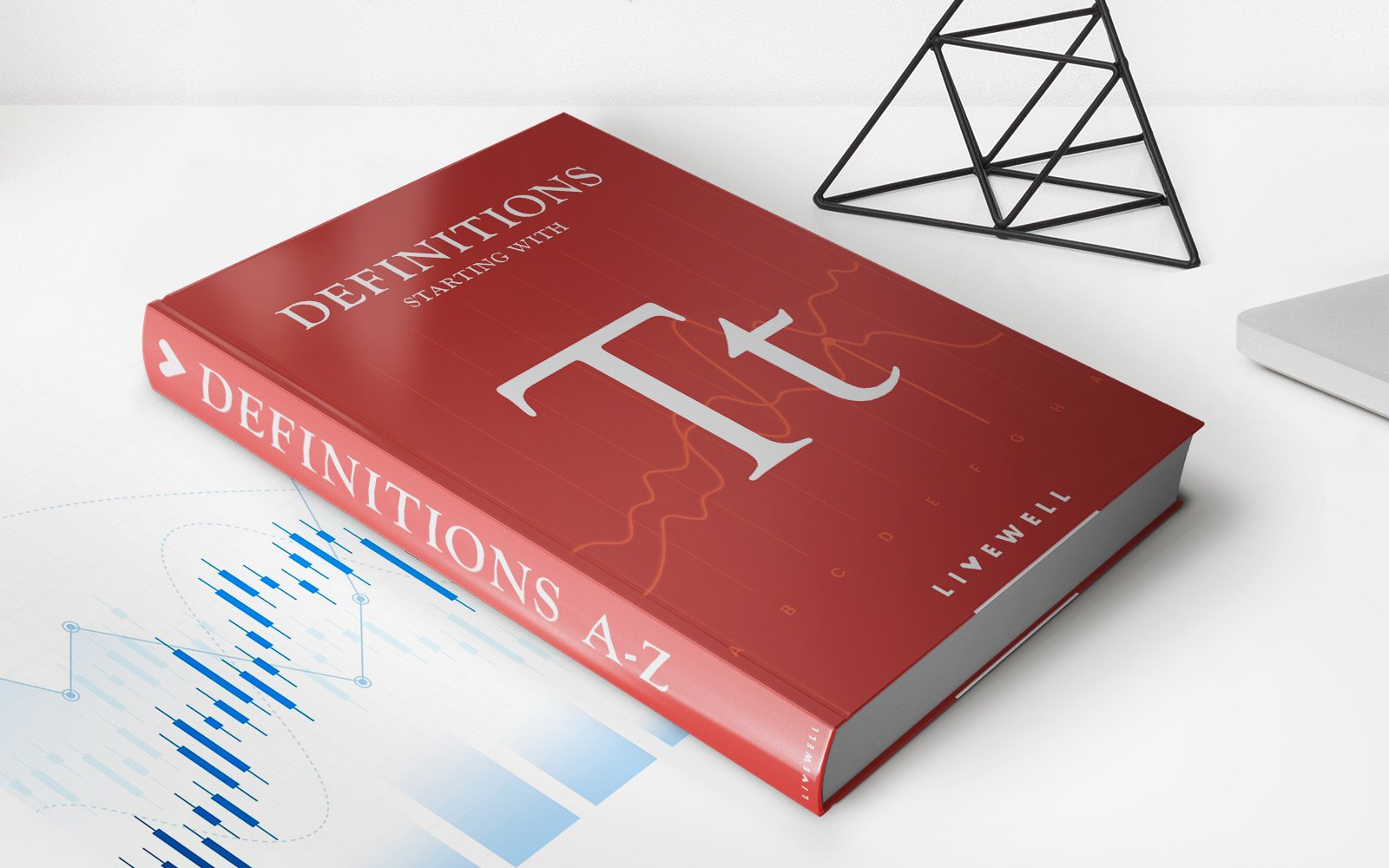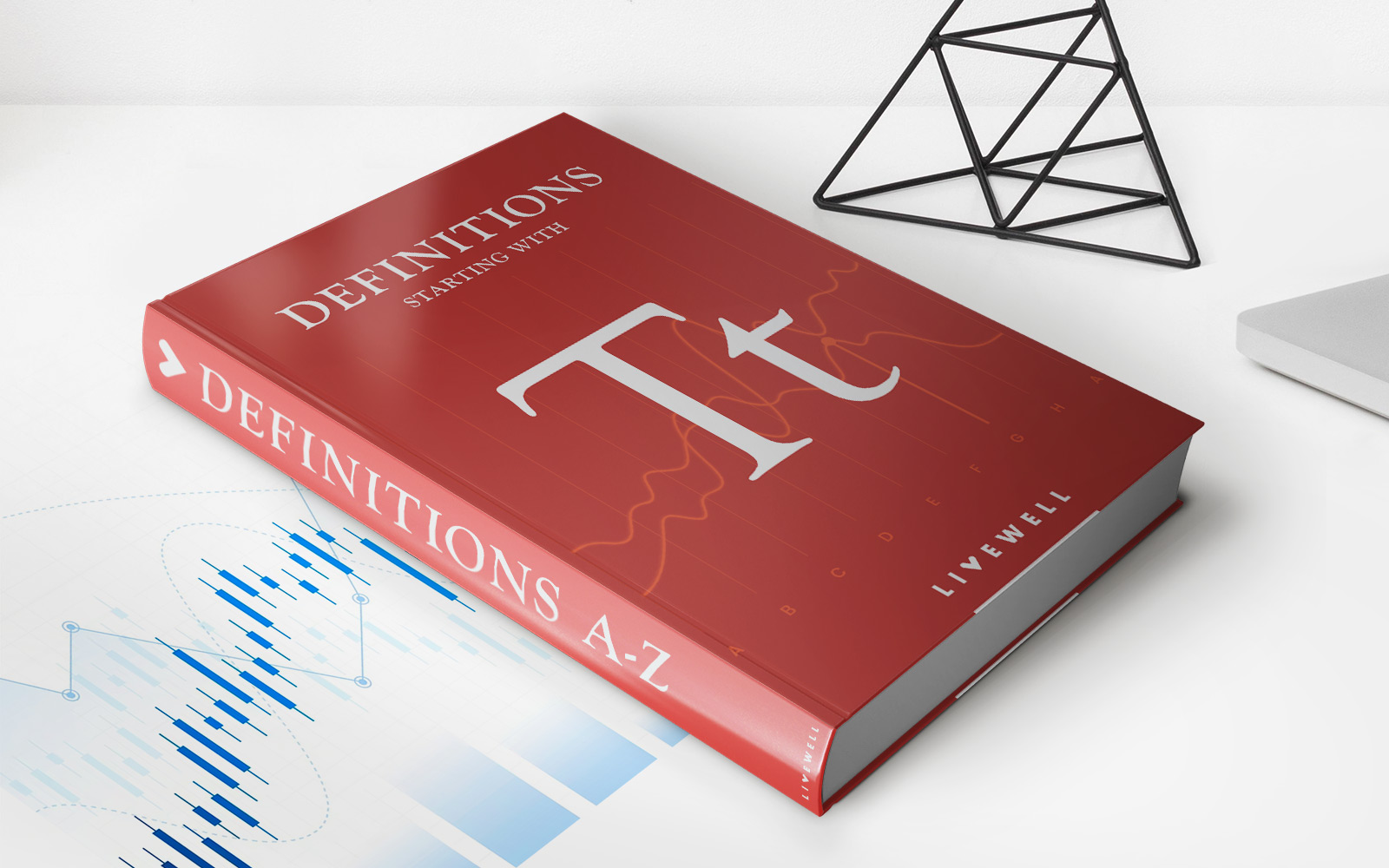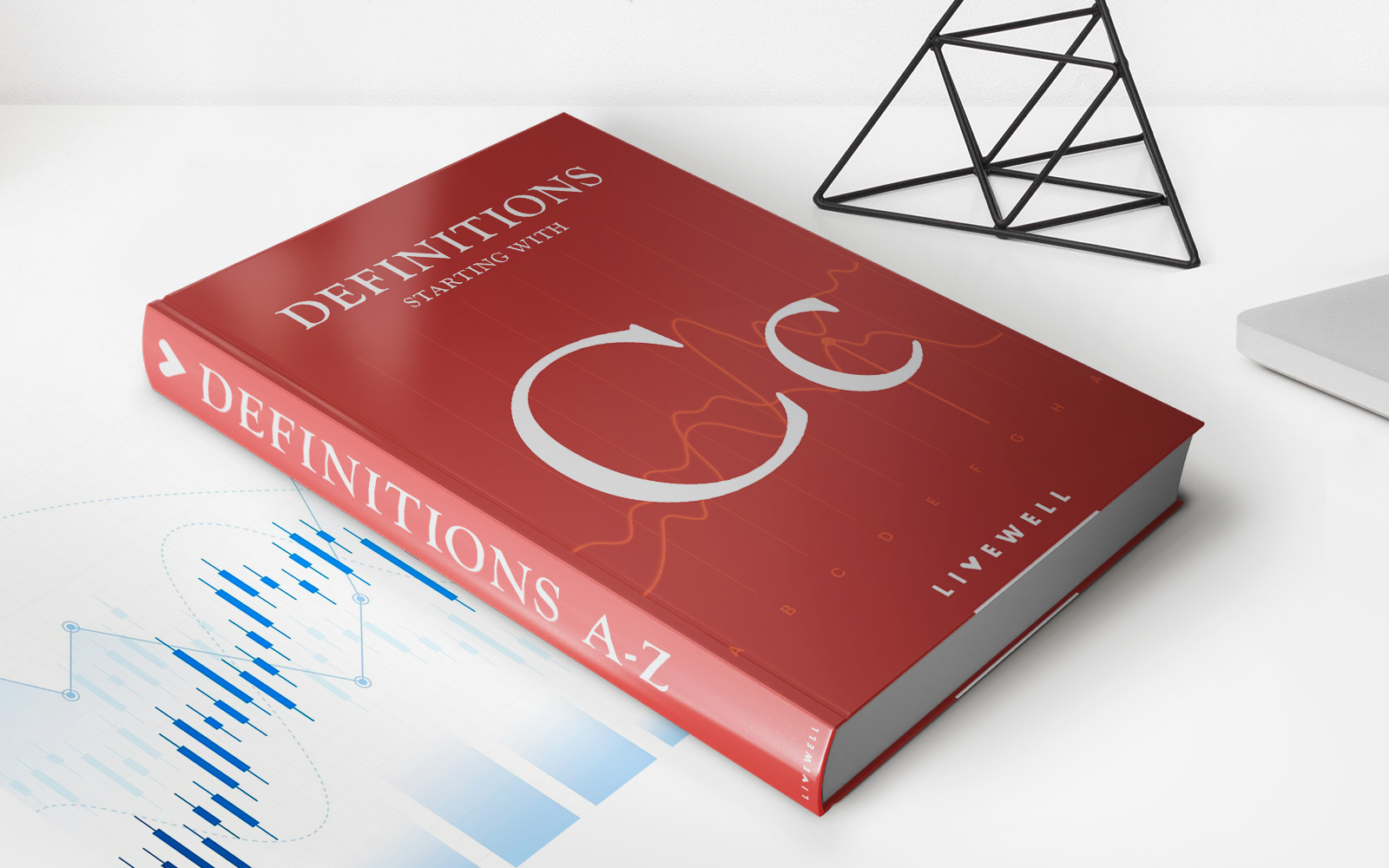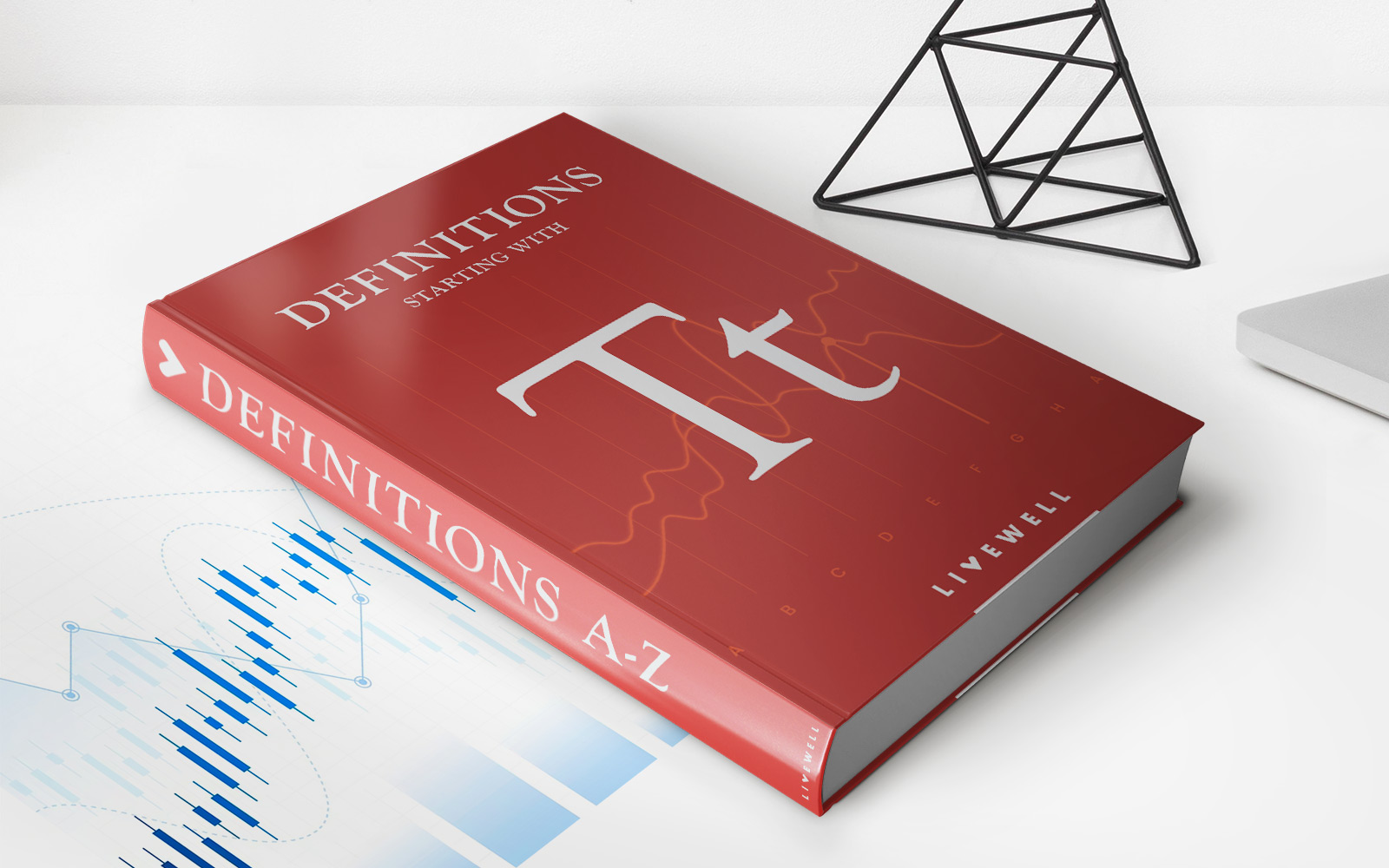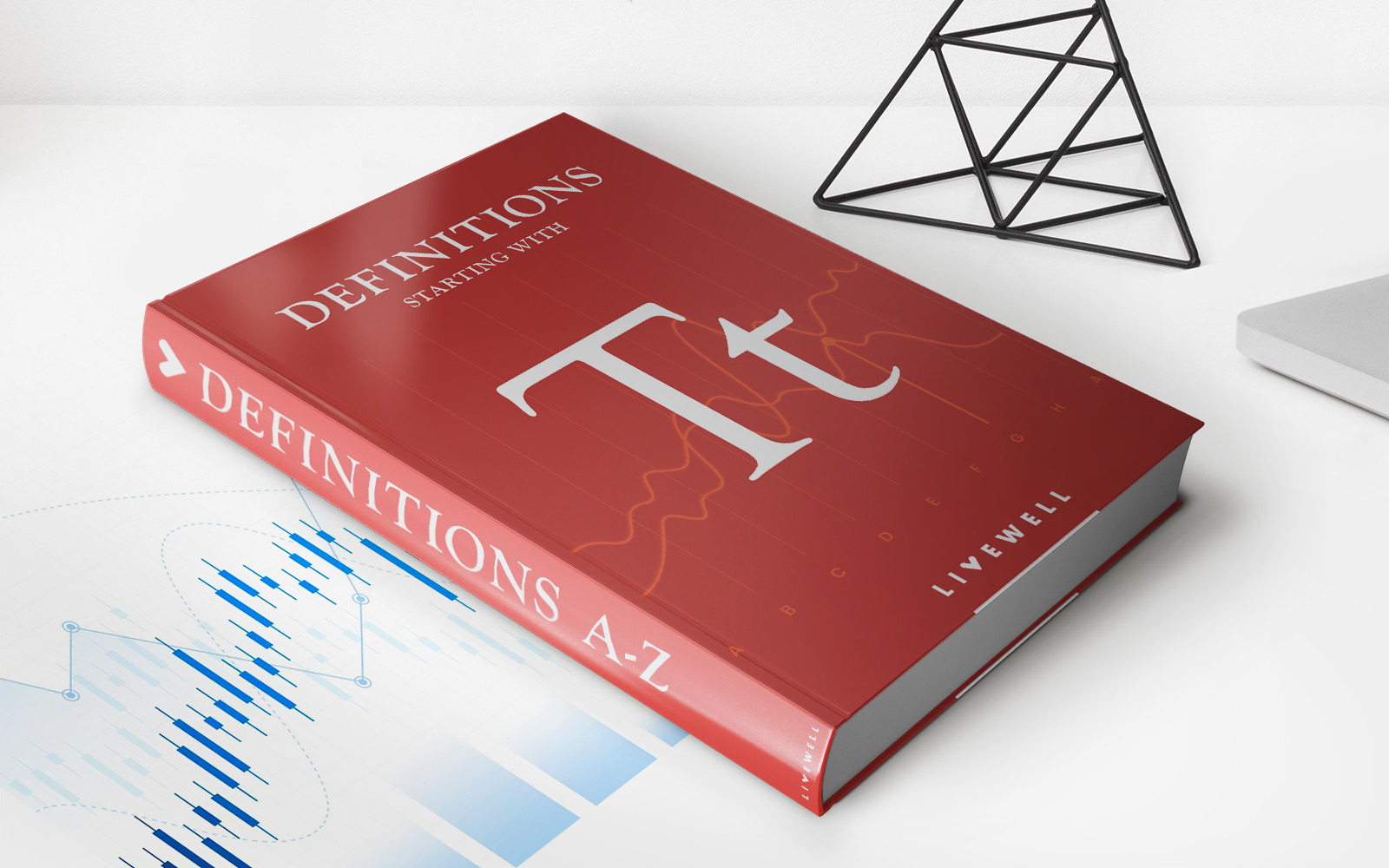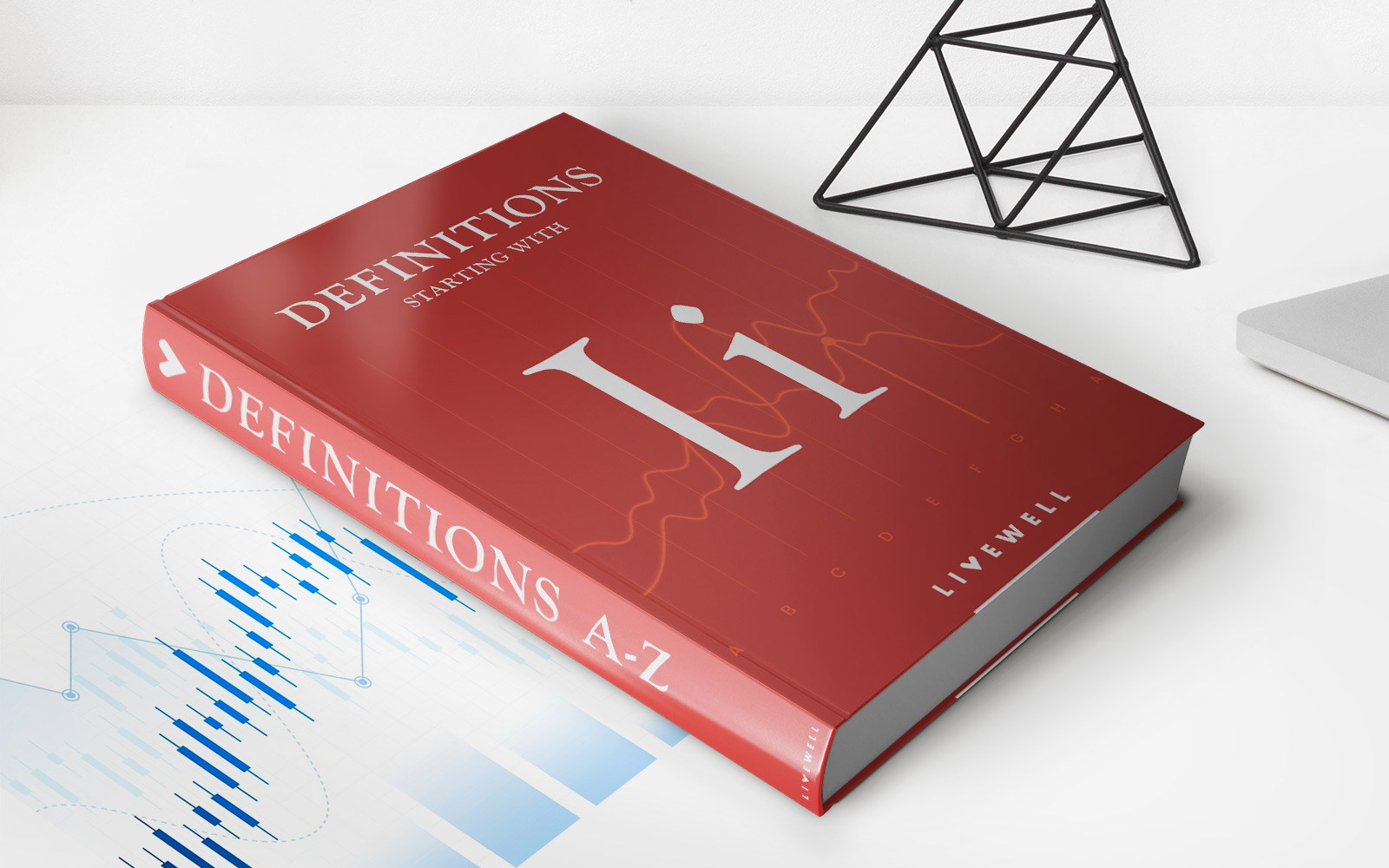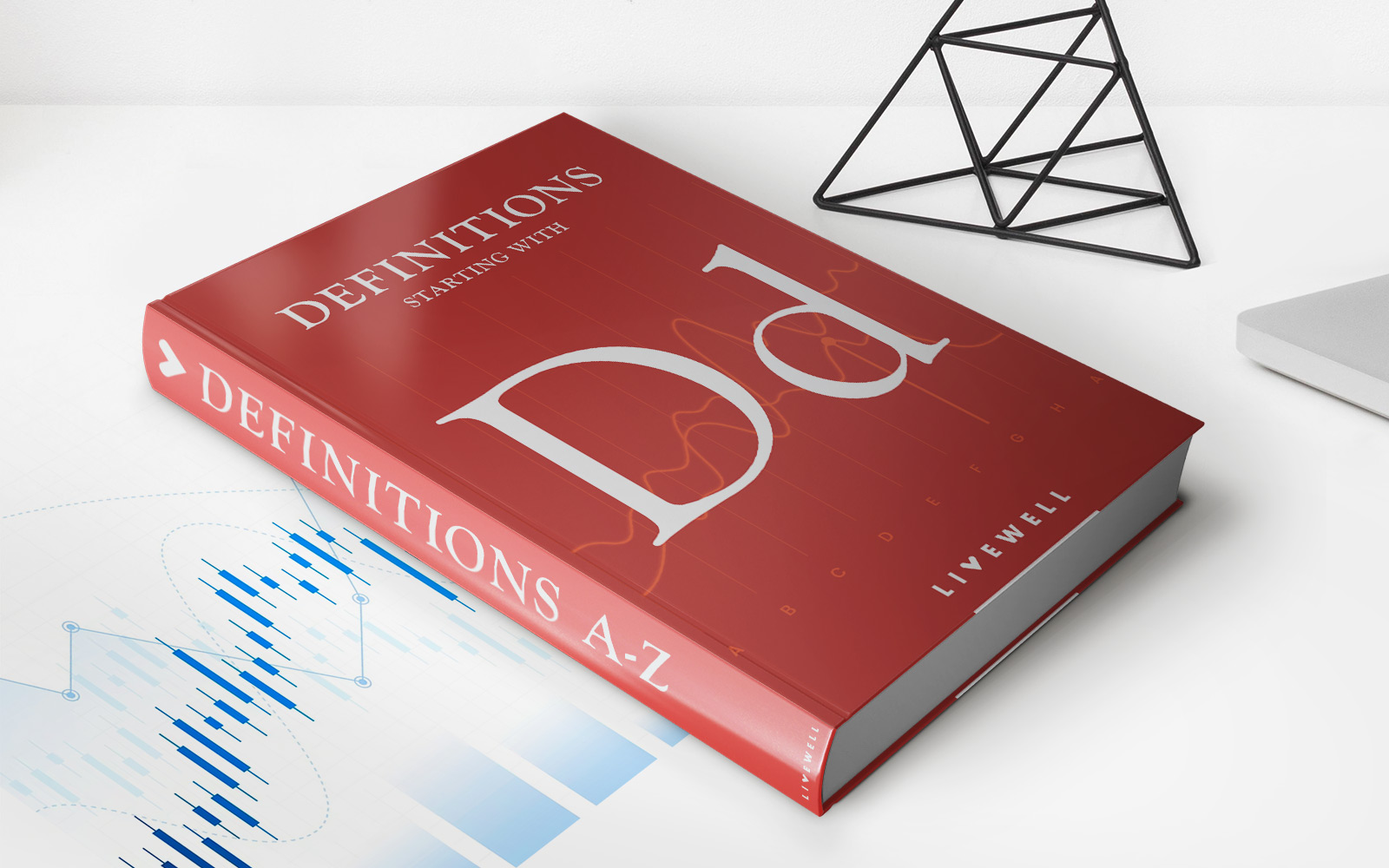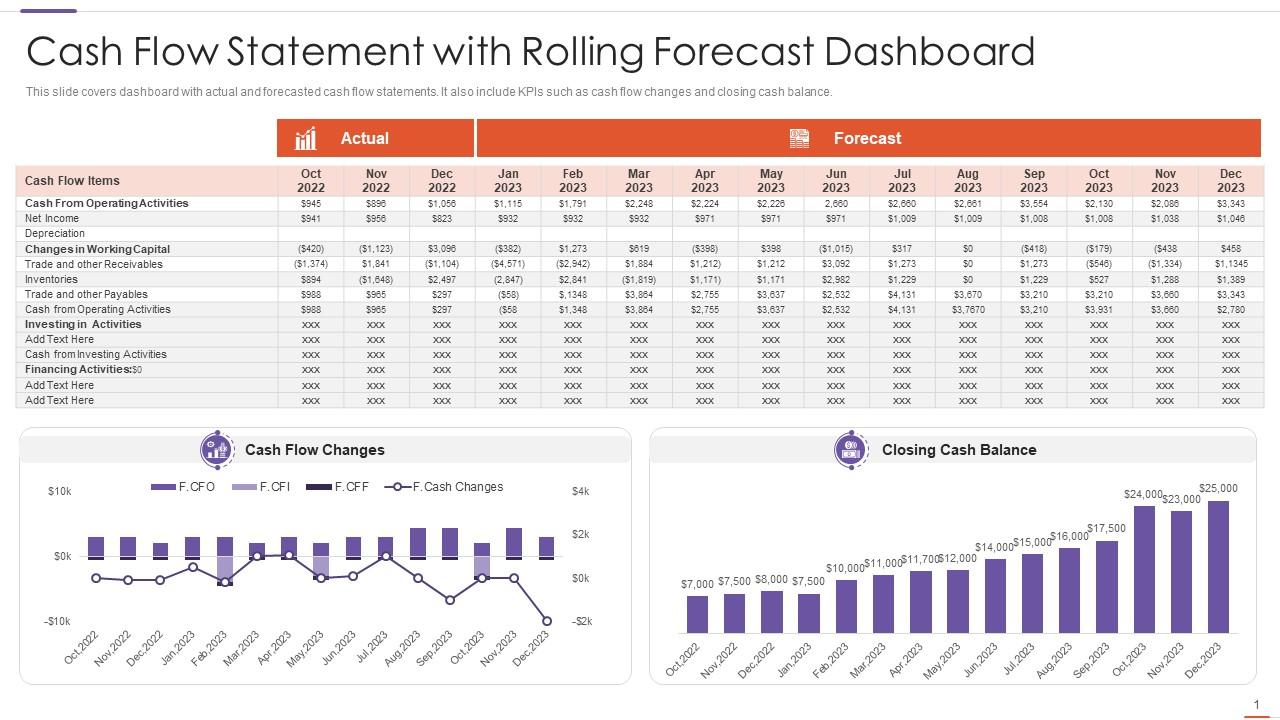Home>Finance>What Are Tier 1 And Tier 2 In Health Insurance?


Finance
What Are Tier 1 And Tier 2 In Health Insurance?
Published: October 30, 2023
Learn about tier 1 and tier 2 in health insurance and how they impact your finances. Find out what these tiers mean and how they affect your coverage and costs.
(Many of the links in this article redirect to a specific reviewed product. Your purchase of these products through affiliate links helps to generate commission for LiveWell, at no extra cost. Learn more)
Table of Contents
Introduction
Welcome to the world of health insurance! It’s a complex landscape filled with different plans, coverage options, and confusing terminology. One such term you may have come across is “tiers” in health insurance. Understanding what these tiers mean and how they can impact your coverage is crucial in making informed decisions about your healthcare.
Health insurance tiers are a way for insurance companies to categorize providers and services based on their cost and level of coverage. Typically, health insurance plans are divided into two main tiers: Tier 1 and Tier 2. These tiers help determine the out-of-pocket costs you will incur when seeking medical services.
In this article, we will delve into the specifics of Tier 1 and Tier 2 in health insurance, highlighting their differences and factors to consider when choosing between the two. By the end, you will have a clearer understanding of these tiers and how they can impact your healthcare journey.
Understanding Health Insurance Tiers
Health insurance tiers are a system used by insurance companies to classify providers and services based on their cost and level of coverage. These tiers help determine the amount you will have to pay out of pocket for medical services. Let’s take a closer look at the two main tiers: Tier 1 and Tier 2.
Tier 1: This tier typically consists of preferred providers or in-network providers. These providers have agreements with the insurance company to provide services at a lower cost. When you seek medical care from Tier 1 providers, you generally pay lower copayments, deductibles, and coinsurance. These providers have been carefully selected by the insurance company based on factors such as quality of care and cost-effectiveness.
Tier 2: On the other hand, Tier 2 comprises non-preferred providers or out-of-network providers. These providers do not have agreements with the insurance company, so they may charge higher rates for their services. When you choose to seek medical care from Tier 2 providers, you will generally have higher out-of-pocket expenses such as copayments, deductibles, and coinsurance.
It’s important to note that not all health insurance plans have tiered systems. Some plans may have a single-tier system, while others may have more than two tiers. The number of tiers and the specifics of each tier can vary from one insurance company to another.
Now that we have a basic understanding of health insurance tiers, let’s explore Tier 1 and Tier 2 in more detail to grasp the key differences between them.
Tier 1 Health Insurance
Tier 1 health insurance is typically comprised of preferred providers or in-network providers. These are healthcare professionals, hospitals, clinics, and facilities that have entered into agreements with the insurance company to offer services at a lower cost to policyholders. Choosing Tier 1 providers can bring several advantages in terms of cost and convenience.
When you seek medical care from Tier 1 providers, you can expect lower out-of-pocket costs. This includes lower copayments, deductibles, and coinsurance. The insurance company has negotiated favorable rates with these providers, resulting in reduced expenses for policyholders. This makes Tier 1 an attractive option for individuals who want to keep their healthcare costs manageable.
Another benefit of Tier 1 health insurance is the convenience factor. Insurance companies typically have networks of Tier 1 providers that are easily accessible to policyholders. This means you can find a wide range of doctors, specialists, hospitals, and other healthcare facilities within your network. In-network providers are also more likely to have electronic medical records that can be easily shared between different providers, ensuring seamless coordination of care.
In addition to cost savings and convenience, Tier 1 health insurance often emphasizes quality of care. Insurance companies carefully select providers based on factors such as their clinical outcomes, patient satisfaction rates, and cost-effectiveness. This means the providers in Tier 1 are generally known for delivering high-quality care to patients.
It’s important to keep in mind that the specific details of Tier 1 coverage can vary depending on your insurance plan and provider network. Some plans may require you to obtain a referral or prior authorization for specialist care, while others may offer direct access to Tier 1 providers without any additional requirements.
Overall, Tier 1 health insurance offers a cost-effective and convenient option for accessing quality healthcare services. By choosing in-network providers, you can expect lower out-of-pocket costs and a seamless healthcare experience. However, it’s important to check the provider directory of your insurance plan to ensure that the healthcare professionals and facilities you prefer are included in the Tier 1 network.
Tier 2 Health Insurance
In contrast to Tier 1, Tier 2 health insurance consists of non-preferred providers or out-of-network providers. These providers do not have agreements with the insurance company, which means they may charge higher rates for their services. While Tier 2 may require you to pay more out of pocket, it can still provide access to necessary care.
When you seek medical care from Tier 2 providers, you can expect higher out-of-pocket costs compared to Tier 1. This includes higher copayments, deductibles, and coinsurance. Since these providers are not part of the insurance company’s network, they have the freedom to set their own rates and may not have the same cost-saving agreements as Tier 1 providers. However, it’s important to note that Tier 2 coverage can vary depending on your insurance plan and the specific terms of your policy.
While Tier 2 providers may incur higher costs, there are situations where accessing non-preferred providers may be necessary or preferred. For example, if you need to see a specialist who is not in the Tier 1 network or if you require specialized treatments or procedures that are only offered by Tier 2 providers, then Tier 2 health insurance can still provide you with access to the care you need.
It’s important to consider a few factors when using Tier 2 health insurance. Firstly, it’s crucial to review your insurance plan’s out-of-network policy. Some plans may offer partial coverage for out-of-network care, meaning they will contribute a percentage of the costs while you are responsible for the remaining amount. Secondly, you may need to submit your own claims and paperwork when using Tier 2 providers, as they are not directly affiliated with your insurance company.
While Tier 2 health insurance may have higher costs and administrative requirements, there are situations where it can provide flexibility and access to specialized care. It’s recommended to weigh the potential benefits and drawbacks of Tier 2 coverage based on your unique healthcare needs and preferences.
It’s worth noting that some insurance plans may also have a separate tier known as Tier 3 or out-of-network coverage. Tier 3 may have even higher out-of-pocket costs and fewer coverage options compared to Tier 2.
Now that we understand Tier 2 health insurance, let’s explore the key differences between Tier 1 and Tier 2.
Key Differences Between Tier 1 and Tier 2
Tier 1 and Tier 2 health insurance have distinct characteristics that can significantly impact your out-of-pocket costs and access to healthcare. Understanding these differences is crucial in making informed decisions about your health insurance coverage. Let’s take a closer look at the key differentiating factors between Tier 1 and Tier 2.
1. Provider Network: The primary difference between Tier 1 and Tier 2 is the provider network. Tier 1 consists of preferred providers within the network, while Tier 2 comprises non-preferred or out-of-network providers. The network providers have agreed to provide services at lower negotiated rates, resulting in more affordable out-of-pocket expenses for policyholders.
2. Cost: Cost is a significant differentiator between the two tiers. Tier 1 generally offers lower copayments, deductibles, and coinsurance compared to Tier 2. This is because in-network providers have established agreements with the insurance company to offer services at reduced rates, resulting in cost savings for policyholders.
3. Access: Tier 1 often provides more accessible and convenient healthcare options. With a network of preferred providers, Tier 1 insurance ensures a wide range of healthcare professionals, hospitals, and clinics within close proximity. Accessing care from Tier 1 providers is usually easier and more seamless, with electronic medical records and coordinated care.
4. Quality of Care: Tier 1 networks are typically populated with selected providers based on specific criteria set by the insurance company, such as quality of care, patient satisfaction, and cost-efficiency. This means that Tier 1 providers are often known for delivering high-quality care. Tier 2, on the other hand, may not have the same level of scrutiny in terms of quality standards.
5. Coverage: Tier 1 coverage is generally more comprehensive and offers a wider range of services within the network. Tier 2 coverage may be limited to specific services or have higher out-of-pocket costs for certain treatments or procedures. It’s essential to review your policy details to understand the specific coverage offered in each tier.
6. Referrals and Prior Authorizations: Some Tier 1 plans may require referrals or prior authorizations for specialist care, ensuring appropriate care coordination. Tier 2 plans may offer more freedom to choose specialists without the need for referrals, but the out-of-pocket costs may be higher in these instances.
It’s important to note that the specifics of Tier 1 and Tier 2 coverage can vary depending on your insurance plan and provider network. Insurance companies may have different tiers with varying levels of cost-sharing and provider options. Therefore, it’s crucial to carefully review your policy details and network directories to understand the exact benefits and limitations of each tier.
Now that we have explored the key differences between Tier 1 and Tier 2, let’s consider the factors you should consider when choosing between these tiers.
Factors to Consider When Choosing Between Tier 1 and Tier 2
Choosing between Tier 1 and Tier 2 health insurance can have a significant impact on your healthcare experience and financial obligations. When making this decision, it’s important to consider several key factors that can help guide you towards the most suitable option for your individual needs and preferences. Let’s explore these factors:
1. Healthcare Needs: Consider your specific healthcare needs and the type of services you are likely to require. If you have ongoing health conditions or require frequent specialist visits, Tier 1 with its lower costs and comprehensive coverage may be more beneficial. However, if you rarely visit the doctor or prefer flexibility in choosing providers, Tier 2 could be a viable option.
2. Provider Preferences: Review the provider network of both Tier 1 and Tier 2. Check if your preferred healthcare professionals, specialists, hospitals, and clinics are included in the Tier 1 network. If your preferred providers are mostly out-of-network, Tier 2 may be a more suitable choice. However, keep in mind that accessing out-of-network providers may come with higher out-of-pocket costs.
3. Budget Considerations: Evaluate your budget and determine how much you can comfortably afford in terms of copayments, deductibles, and coinsurance. Tier 1 generally offers lower costs, making it more financially manageable for individuals who anticipate regular healthcare utilization. If cost is a significant concern, Tier 2 may be more affordable in terms of monthly premiums but could lead to higher out-of-pocket expenses.
4. Accessibility: Consider the convenience and accessibility of both Tier 1 and Tier 2 providers. With Tier 1, you are more likely to have a wider array of in-network options within close proximity. Tier 2, while offering more flexibility in provider choice, may require more effort and travel to access preferred out-of-network providers.
5. Level of Risk Tolerance: Assess your risk tolerance and comfort level with potential financial liabilities. Choosing Tier 2 insurance may involve taking on a higher level of financial risk due to increased out-of-pocket costs. If you prefer a predictable and more structured approach to healthcare costs, Tier 1 can provide more certainty and stability.
6. Referrals and Authorizations: Consider whether you are comfortable with the potential requirements of referrals or prior authorizations that may be imposed by Tier 1 plans. These requirements are often in place to ensure appropriate care coordination but can add an extra step and potential delay in accessing specialized care.
Ultimately, the choice between Tier 1 and Tier 2 health insurance will depend on your unique circumstances, priorities, and healthcare needs. Take the time to carefully evaluate the factors mentioned above and weigh the trade-offs between cost, provider options, convenience, and coverage.
Consulting with an insurance representative or healthcare professional can also provide valuable insights and guidance in selecting the most appropriate option for your health insurance coverage.
Now, let’s wrap up and summarize the key points we’ve discussed.
Conclusion
Choosing the right health insurance tier, whether Tier 1 or Tier 2, is a crucial decision that can impact your healthcare experience and financial well-being. Understanding the differences between these tiers and considering important factors can help you make an informed choice that aligns with your healthcare needs and preferences.
Tier 1 health insurance offers several benefits, including lower out-of-pocket costs, a comprehensive network of preferred providers, and a focus on quality care. It provides a cost-effective and convenient option for individuals who prefer predictable healthcare expenses and access to a wide range of in-network healthcare professionals.
On the other hand, Tier 2 health insurance provides flexibility in provider choice and may be necessary in situations where specific providers or specialized care are required. However, it often comes with higher out-of-pocket costs and potentially limited coverage for out-of-network services.
When deciding between Tier 1 and Tier 2, consider factors such as your healthcare needs, provider preferences, budget, accessibility, risk tolerance, and any potential referral or authorization requirements. Taking these factors into account will help you choose the tier that best fits your unique circumstances.
Remember to carefully review the details of your insurance plan, provider networks, and coverage options to ensure you have a clear understanding of the benefits and limitations of each tier.
Lastly, if you are unsure about which tier to choose or have specific questions related to your health insurance, it’s always a good idea to consult with an insurance representative or healthcare professional who can provide personalized guidance based on your needs.
By making an educated decision about your health insurance tier, you can have peace of mind knowing that you have the coverage you need to access quality healthcare at the most reasonable cost.
